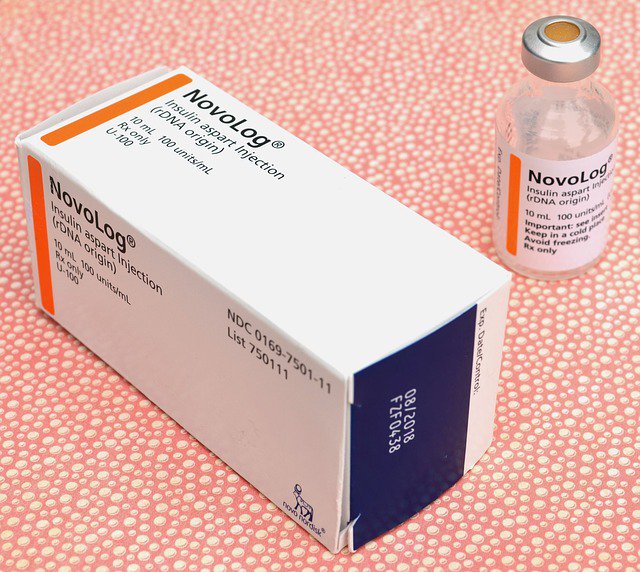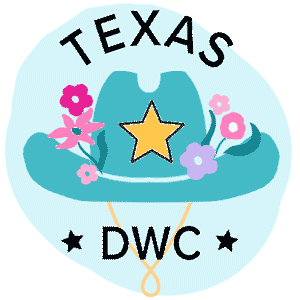Taking it to Eleven: How to Convert 10-Digit NDC Numbers

A common billing predicament facing workers’ comp billers involves the reporting of prescription and nonprescription medications and inserts using an identifying National Drug Code, or NDC. Many NDC codes contain 10 digits. But when entering an NDC code on a bill, 11 digits are needed – and that’s just the start of the problem.
NDC codes are traditionally segmented into three distinct digit groups. The first identifies the manufacturer or labeler of the drug in question. The second specifies the exact dosage and form. Finally, the third segment is used to identify the “package code” assigned by the labeler – whether a package contains 20 or 50 capsules, for example.
Converting 10-digit NDC numbers to the requisite 11 digits required for bill entry is a small matter of adding a well-placed zero to one of these three segments. But NDC numbers for different drugs follow different formats. Happily, there’s a simple set of rules to help place the zero in the correct location.
- For a 10 digit NDC in the 4-4-2 format, add a 0 in the 1st position.
- For a 10 digit NDC in the 5-3-2 format, add a 0 in the 6th position.
- For a 10 digit NDC in the 5-4-1 format, add a 0 in the 10th position.
In table form, that looks like this:
10-Digit Format on Package |
10-Digit Format Example |
11-Digit Format |
11-Digit Format Example |
4-4-2 |
9999-9999-99 |
5-4-2 |
09999-9999-99 |
5-3-2 |
99999-999-99 |
5-4-2 |
99999-0999-99 |
5-4-1 |
99999-9999-9 |
5-4-2 |
99999-9999-09 |
Note that the resulting 11-digit NDC number to be used in the bill always follows a 5-4-2 pattern.
Examples
In the examples below, the additional zero is bolded:
0574-4072-05 → 00574-4072-05
51655-089-52 → 51655-0089-52
58118-1397-3 → 58118-1397-03
One more thing to remember: The hyphens you see in this guide are only used to illustrate the segmentation inherent to the NDC format. When including an NDC on a bill, do not use hyphens.
And that’s all there is to it – you’re now fluent in NDC.
Want to learn more about e-billing for California workers’ comp? We’re hosting a webinar in May devoted to e-Billing, and we’ll share eye-popping data on compliance, time to payment, and more.
e-Billing for Everyone
DaisyBill provides content as an insightful service to its readers and clients. It does not offer legal advice and cannot guarantee the accuracy or suitability of its content for a particular purpose.


.gif)
